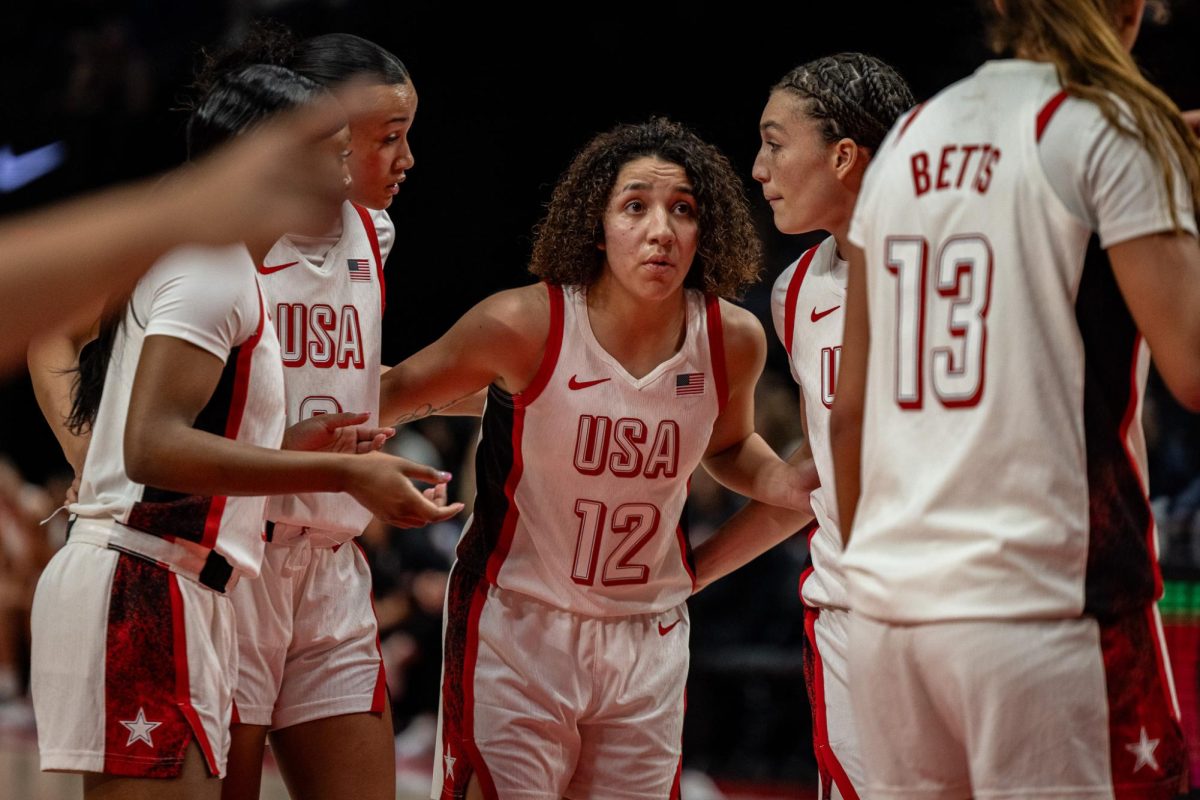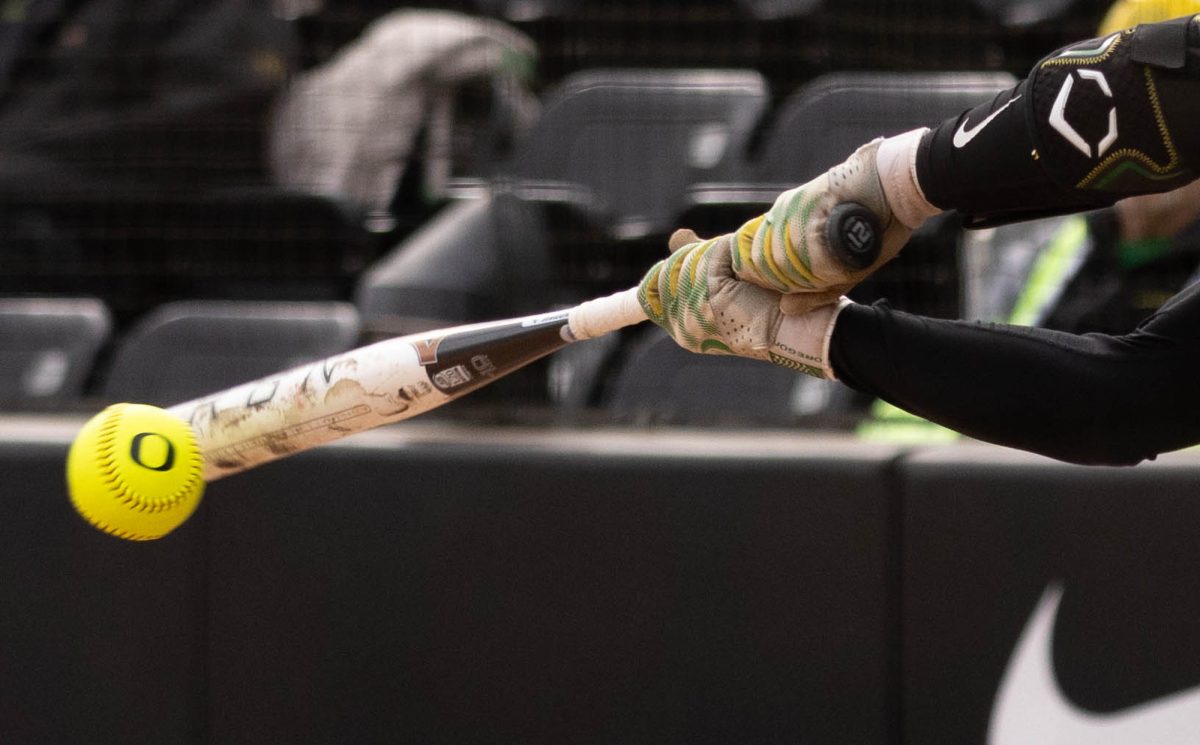Saturday’s matchup between Oregon and UCLA was their first as members of the Big Ten. The two teams played each other 71 times over the years as conference opponents in the Pac-12 before transitioning into the Big Ten just under two months ago.
Despite its name, it has been a very long time since the Big Ten actually had 10 schools. Headquartered in Illinois, the conference primarily consisted of schools in the Great Lakes states. It expanded to the East Coast in 2014 with the addition of Maryland and Rutgers, bringing the conference up to 14 schools. This year, it officially added four West Coast universities.
UCLA and USC were the first Pac-12 schools to make their move when they announced they were joining the Big Ten in June 2022. A little over a year later, Oregon and Washington joined the party. These changes all became effective Aug. 2, 2024, bringing the conference to 18 schools, and covering 2,800 miles.
Big Ten Commissioner Tony Petitti stated, “We are excited today to officially welcome the University of Oregon, UCLA, USC, and the University of Washington to the Big Ten Conference. All four institutions feature a combination of world class academics and athletics.”
In addition to a new conference for the athletes, joining the Big Ten opened the door to more research opportunities for the students and faculty. The Big Ten Academic Alliance leads the country with more than 75,000 staff members, 810,000 students, $17.4 billion for research expenditures, and 145 million library volumes. The Big Ten and SEC provide more money for their schools than any other conference.
The obvious downside to this move is that it calls for a lot more travel. In the Pac-12, there weren’t any schools east of the Rocky Mountains, and the longest trip between any two schools was a two-hour flight.
Now, the teams are required to make several cross-country trips per season. Not only is that more time and energy for the student-athletes, but many of the smaller sports don’t have the funding for that type of travel. While this definitely makes the situation more challenging, the coaches and players of the former Pac-12 teams refuse to use this as an excuse not to compete at a high level.
Fox Sports commentator Joel Klatt broke down how these conference realignments were the result of poor decision making within the Pac-12 Network.
“The Pac-12 made a poor decision with their own network where they didn’t get the distribution that they needed, and because of that, the value and the revenue distribution was not there per school. When that happened, then the teams didn’t get the revenue, nor the exposure that they expected or needed.”
Klatt went on to explain that the collapse of the Pac-12 was a continuing domino effect that started in 2021 when the Universities of Oklahoma and Texas announced their move from the Big 12 to the SEC, which made the Big 12 and Big Ten want to expand as well.
The four new schools have combined for 302 NCAA Championships across all their sports and had a total of 49 olympic athletes this past summer. In football, they have combined for 10 Heisman Trophies, 73 College Football Hall of Famers, 41 Rose Bowl wins, and 173 first-round picks in the NFL Draft, six of which were this year.
UCLA entered the Big Ten as the No. 1 ranked public university by US News & World Report for seven consecutive years. It’s the most applied-to university in the country and has more than 700 student-athletes competing in 25 sports. It holds 123 NCAA national championships, which ranks No. 2 in the country. Its football team came to Autzen Stadium two years ago as the No. 9 team and lost 45-30 to the No. 10 Ducks. Now in a new, bigger conference, former faces meet again.









